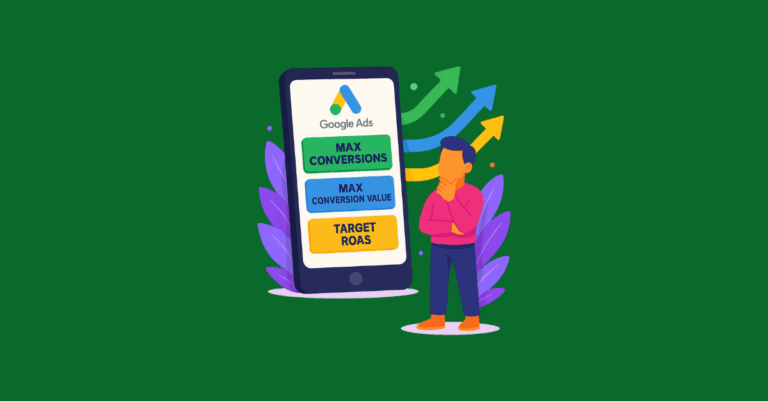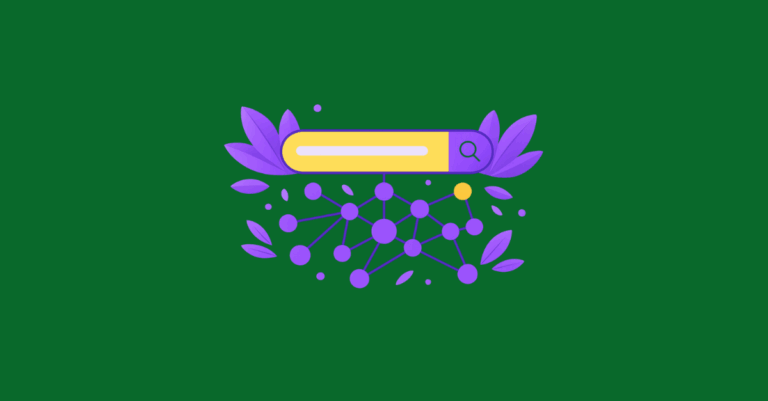The Future of Cross-Platform Paid Media: Where Strategy Meets Smart AI Automation in 2026
Strategically balance human-led strategy with AI-driven automation in cross-platform Paid Media in 2026. Read more.

Strategically balance human-led strategy with AI-driven automation in cross-platform Paid Media in 2026. Read more.

In the age of VPNs, shared networks, and cookies, this catch-all approach could lock users into an unusable website experience. Learn more.

Learn how LLMs read and interpret website content and how to structure pages for better AI visibility using clear sections, semantics, and modern SEO.

Without a unified view of data, you’re wasting budget and misunderstanding what truly drives growth in cross-channel marketing campaigns.

SEO growth isn’t linear—it’s a feedback loop. Learn how to fix broken content processes, and build a continuous system that keeps your content visible in the AI era.

With other pressing responsibilities, it’s easy for internal linking to take a backseat. Remember, it’s a UX benefit and not just for SEO.

Hreflang in SEO is a signal that helps search engine crawlers understand alternate versions of a page for audiences in different languages.

We’re challenging you to choose which type of PPC bidding strategy you think would help you best reach the goal outlined in our examples.

AI is exploding in Paid Media Services; however, AI still needs human guidance when it comes to managing paid ads. Here’s why.

It’s not just about matching keywords anymore; it’s about understanding the deeper meaning and intent behind a search.

Is your brand ready to advertise on Connected TV? Let’s walk through what you need to know about CTV, and what it takes to get started.

Is Google busy crawling thousands of low quality useless pages? Learn how to find out if your crawl budget is clogged up & fix it!